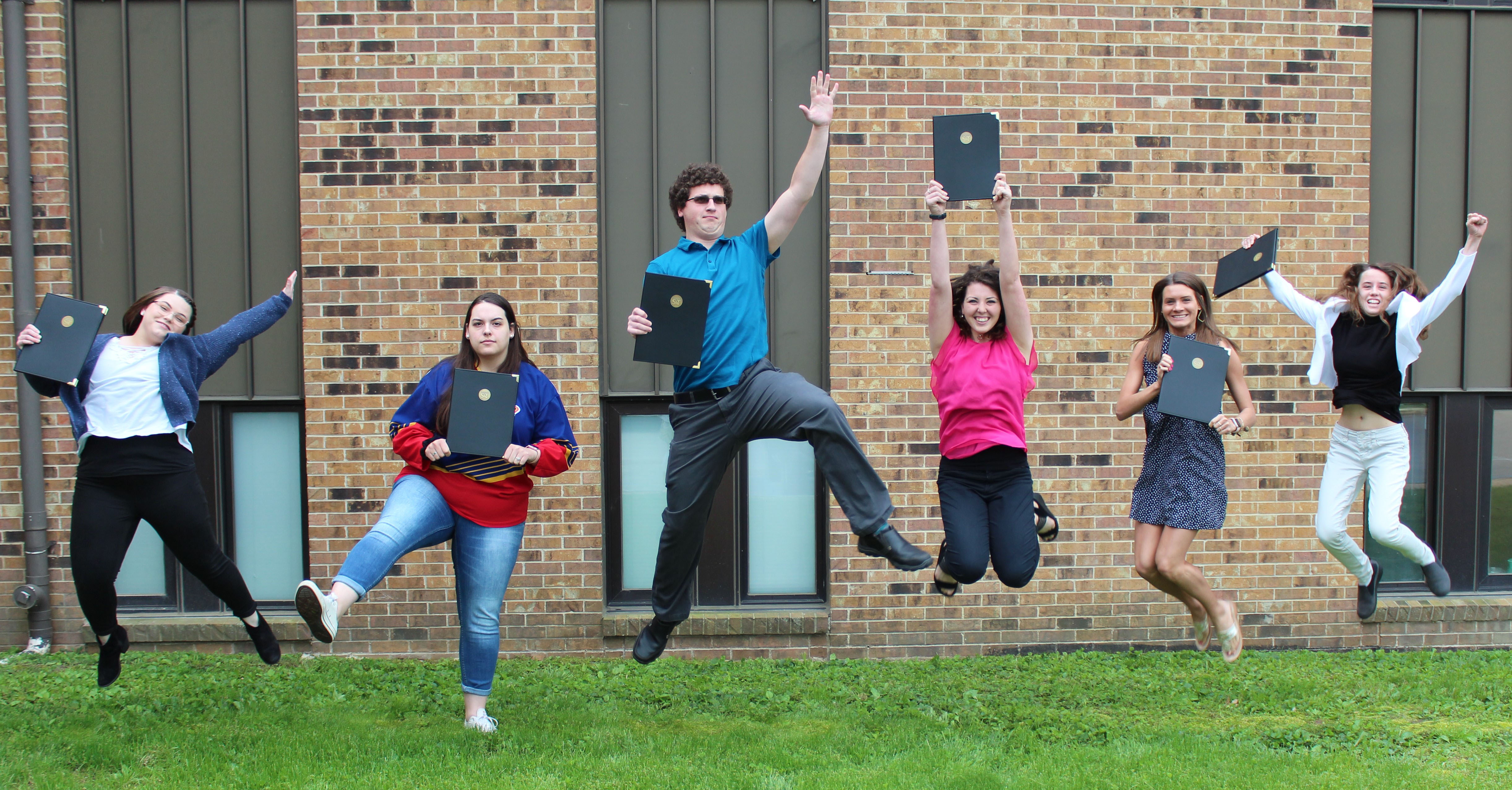Abstract
Green Roofs Cool Cities, Clean the Air, Provide Habitat, and Manage Stormwater. They Are Compelling Tools to Teach Interconnected Human-Ecological Systems. This Study Included the Design, Pilot, and Evaluation of a Fourth-Grade Science Unit Entitled "Raising the Green Roof", Exploring These Connections. Five Classrooms in Two Midwestern U.S. Public Elementary Schools Participated, and 4th-Grade Students (N = 73) Drew Systems Models at Three Time Points (212 Models) and Wrote their Ideas. Qualitative Content Analyses of the Models Showed that Learners Were Increasingly Combining Social Systems (Green Roof Infrastructure) with Ecological Systems (Water Cycle) Across the Unit. Students Also Increasingly Evidenced Specific Knowledge as They Progressed through the Unit. the Analysis of Student Models Revealed that Most Student Confusion is Related to Built Environment Aspects (E.g., How Water Moves from Building Roofs to Municipal Waterways). Results of the Study Suggest the Potential for Teaching Socio-Hydrologic Systems Thinking at the Fourth-Grade Level. the Findings Emphasize the Need to Enhance Built Environment Education for Youth in Science Units that Aspire to Connect Features of the Built Environment, Such as Green Roofs, with Ecology. the Study Additionally Reinforced the Effectiveness of Place-Based Units in Elementary Education that Emphasize Science Practices.
Recommended Citation
Cole, L. B., Priscilla, L., Zangori, L., Kania-Gosche, B., & Burken, J. G. (2024). Raising the Green Roof: Enhancing Youth Water Literacy through Built Environment Education. Sustainability (Switzerland), 16(10) MDPI.
The definitive version is available at https://doi.org/10.3390/su16104262
Department(s)
Teacher Education and Certification
Second Department
Civil, Architectural and Environmental Engineering
Publication Status
Open Access
International Standard Serial Number (ISSN)
2071-1050
Document Type
Article - Journal
Document Version
Final Version
File Type
text
Language(s)
English
Rights
© 2024 The Authors, All rights reserved.
Creative Commons Licensing

This work is licensed under a Creative Commons Attribution 4.0 License.
Publication Date
01 May 2024
Included in
Architectural Engineering Commons, Civil and Environmental Engineering Commons, Education Commons




Comments
University of Missouri, Grant None